
Tempera is a painting technique with a history spanning thousands of years
Tempera is an ancient painting technique in which water-soluble paints made from dry powdered pigments and natural or artificial emulsions are used to create artistic images. Tempera is also the term used for the water emulsion paints themselves. This painting technique was the most popular in the art world for several millennia until the invention of oil paints in the 15th century.
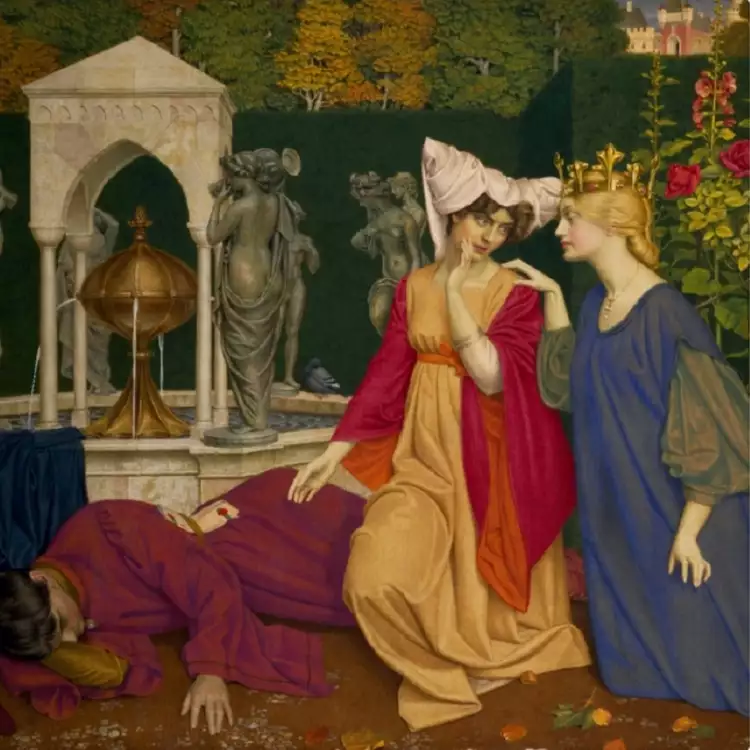 Tempera. Joseph Southall. The Letter Substitution, 1909
Tempera. Joseph Southall. The Letter Substitution, 1909
Tempera has long been considered a universal painting technique, used not only for creating paintings but also for fresco painting and iconography. In modern times, thanks to the development of new types of tempera paints based on polymer emulsions, this technique is once again in demand among artists.
Types of Tempera
The chemical composition of tempera used by ancient masters significantly differs from modern paints of this type. There are five main varieties of these artistic materials:
- Egg tempera.
- Casein-oil tempera.
- Acrylic tempera.
- Polyvinyl acetate tempera.
- Wax-oil tempera.
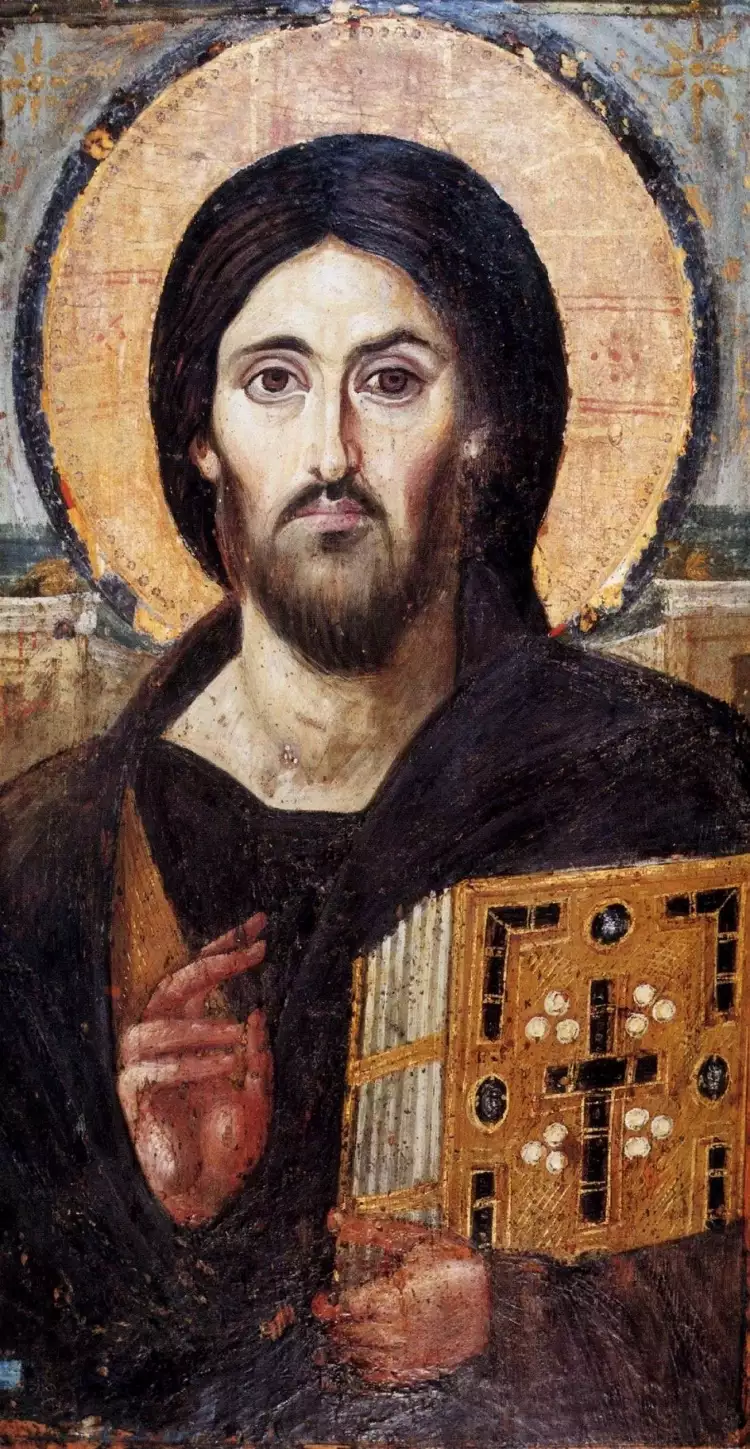 Tempera. Icon. «Christ Pantocrator, VI век
Tempera. Icon. «Christ Pantocrator, VI век
Egg tempera is prepared using chicken egg yolk as the base. This natural ingredient is mixed with water in a 1:3 ratio or with white wine in a 1:2 ratio. To this emulsion, they add:
- Coloring pigment.
- A few drops of vinegar (to slow down the yolk oxidation process).
- A small amount of fragrant natural resin (for a pleasant paint odor).
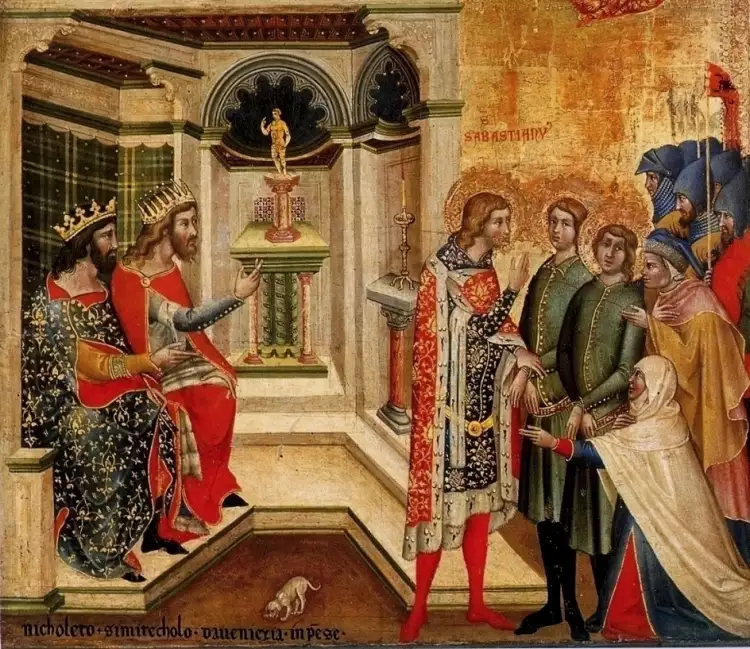 Tempera. Niccolò Semitecolo. Two Christians before the Judges, 1367
Tempera. Niccolò Semitecolo. Two Christians before the Judges, 1367
Casein-oil tempera is manufactured industrially from bleached linseed oil and natural or synthetic protein, casein, along with coloring pigments. To prevent mold formation in the paint, an antiseptic, phenol, is added to the composition.
 Tempera. Andrei Rublev. Christ the Redeemer, 1410
Tempera. Andrei Rublev. Christ the Redeemer, 1410
In acrylic tempera, a special water-soluble acrylic resin serves as the binding agent. This polymer is known for its increased resistance to many adverse natural factors, including temperature fluctuations, severe cold, and exposure to sunlight.
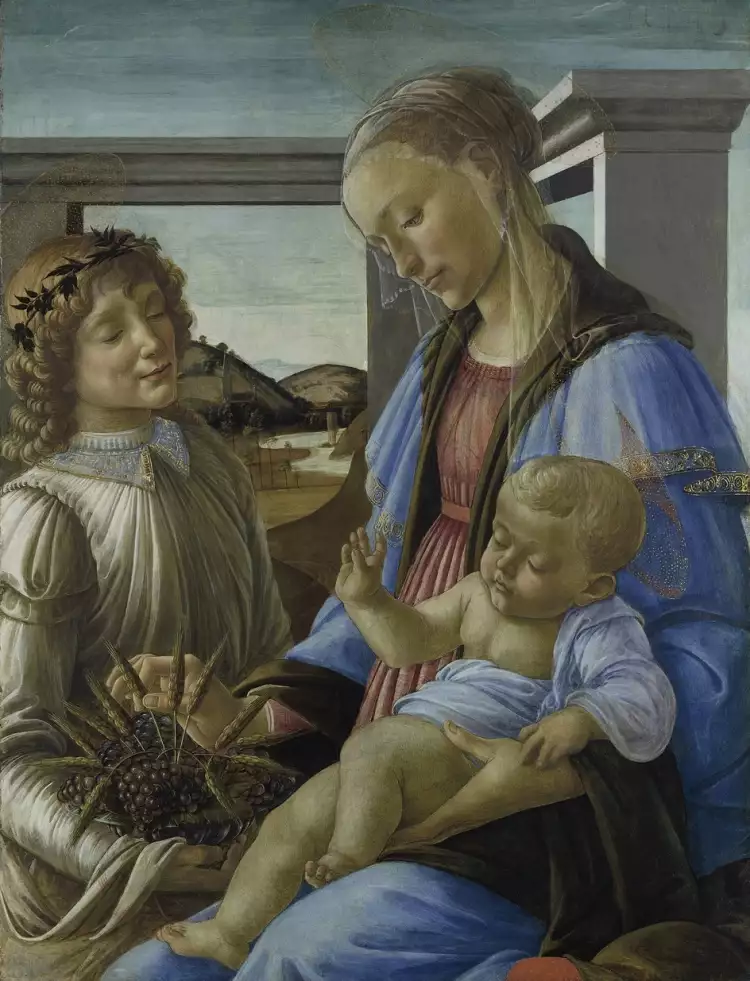 Tempera. Sandro Botticelli. Virgin and Child with an Angel, 1470
Tempera. Sandro Botticelli. Virgin and Child with an Angel, 1470
The base for creating polyvinyl acetate tempera is a water-based PVA emulsion. It has a pronounced binding effect and dries very quickly after application to a surface.
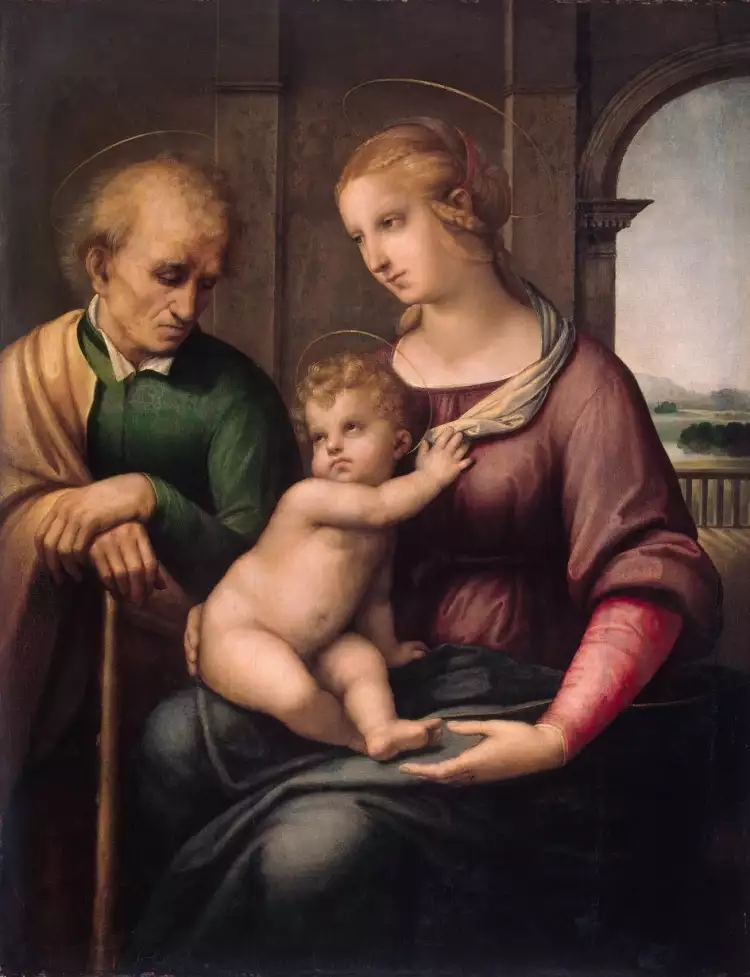 Tempera. Raffaello Santi. Madonna with Beardless St. Joseph, 1507
Tempera. Raffaello Santi. Madonna with Beardless St. Joseph, 1507
Wax-oil tempera, in terms of its chemical composition, is the most complex type of these paints. Its industrial production involves a mixture of various components, including:
- Natural beeswax.
- Distilled water.
- Organic resins.
- Vegetable oil.
History of Tempera
The history of tempera, by the most modest estimates of specialists, spans over four thousand years. In ancient Egypt, unknown masters used it to paint the burial sarcophagi of pharaohs. Numerous examples of ancient paintings have been discovered by archaeologists in India and the Middle East, and frescoes from ancient Rome and Greece have survived to this day.
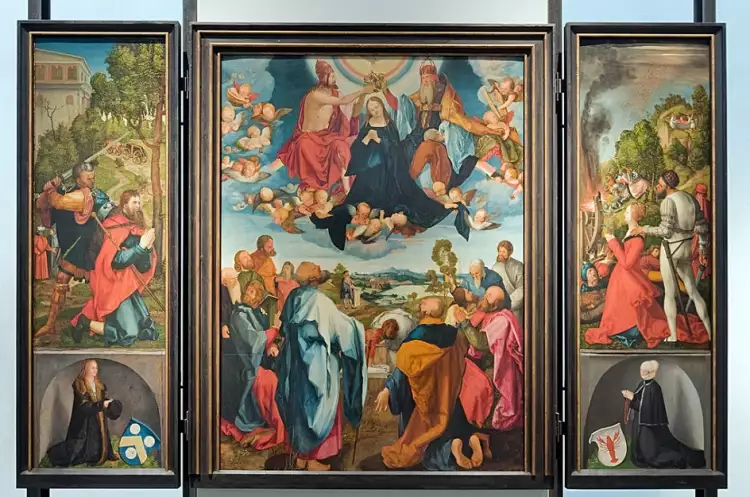 Tempera. Albrecht Dürer. Heller Altarpiece, 1511
Tempera. Albrecht Dürer. Heller Altarpiece, 1511
In Christian European culture, tempera paints remained the primary material for easel and monumental painting for a long time. They were widely used for decorating churches in the Byzantine Empire and for creating icons. This technique then spread throughout Eastern and Western Europe. Several factors contributed to this:
- The availability of basic ingredients.
- The relative simplicity of the dye preparation recipe.
- The long-term preservation of artistic images on various types of surfaces.
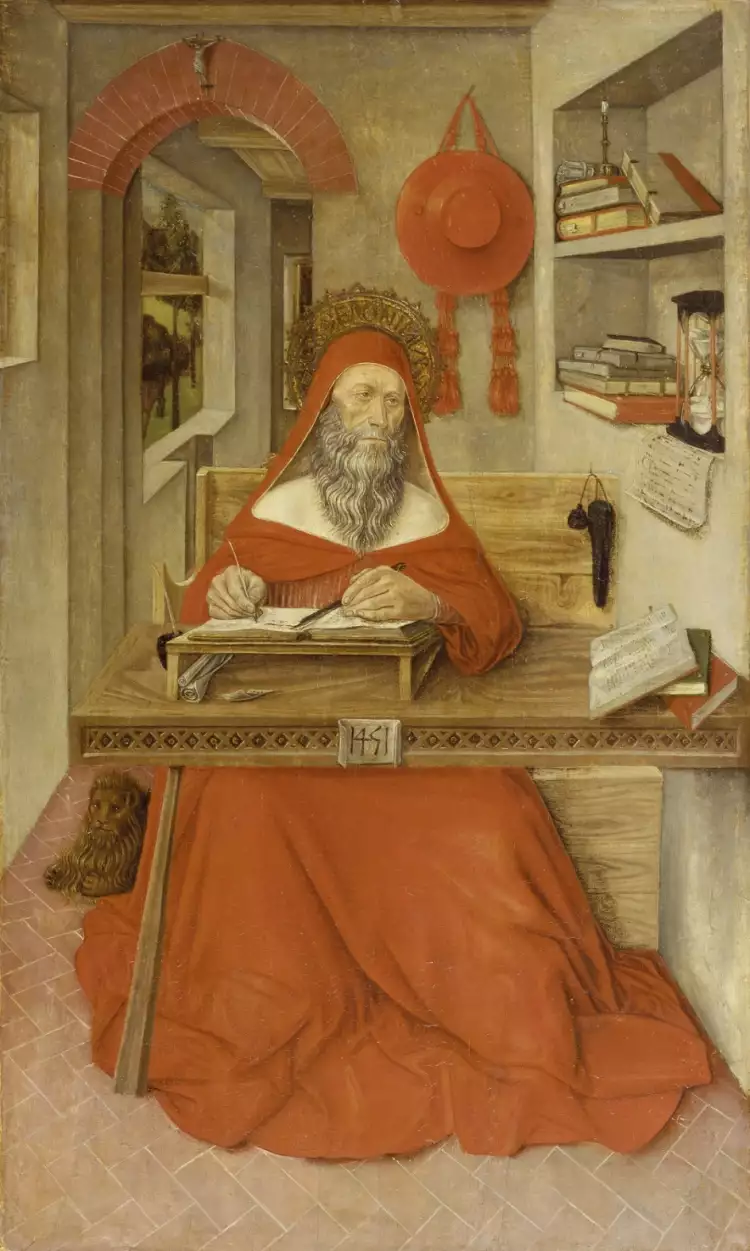 Tempera. Antonio da Fabriano. San Girolamo è nello studio, 1541
Tempera. Antonio da Fabriano. San Girolamo è nello studio, 1541
The exclusive dominance of tempera in Europe lasted until the early 15th century when the great Dutch artist Jan van Eyck perfected oil paints. By the early 16th century, oil had become the primary artistic technique in most European states. Only in Russia did tempera maintain its primacy in the realm of visual arts until the end of the 17th century.
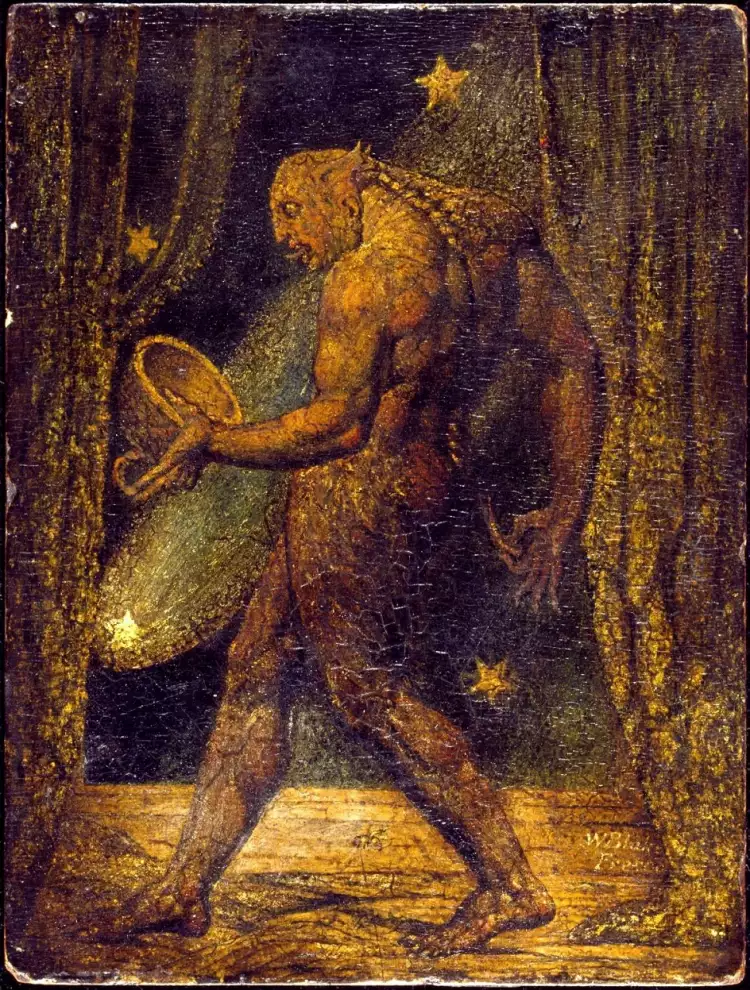 Tempera. William Blake. The Ghost of a Flea, 1820
Tempera. William Blake. The Ghost of a Flea, 1820
By the early 19th century, tempera paints were rarely used by artists of various styles and genres. The first to try to revive interest in them was the Englishman William Blake. However, his works did not enjoy much success with the public and were only appreciated half a century after the master's death. The Nazarenes and the Pre-Raphaelites, representatives of two prominent movements in European painting during the Victorian era, were more successful in reviving the ancient technique.
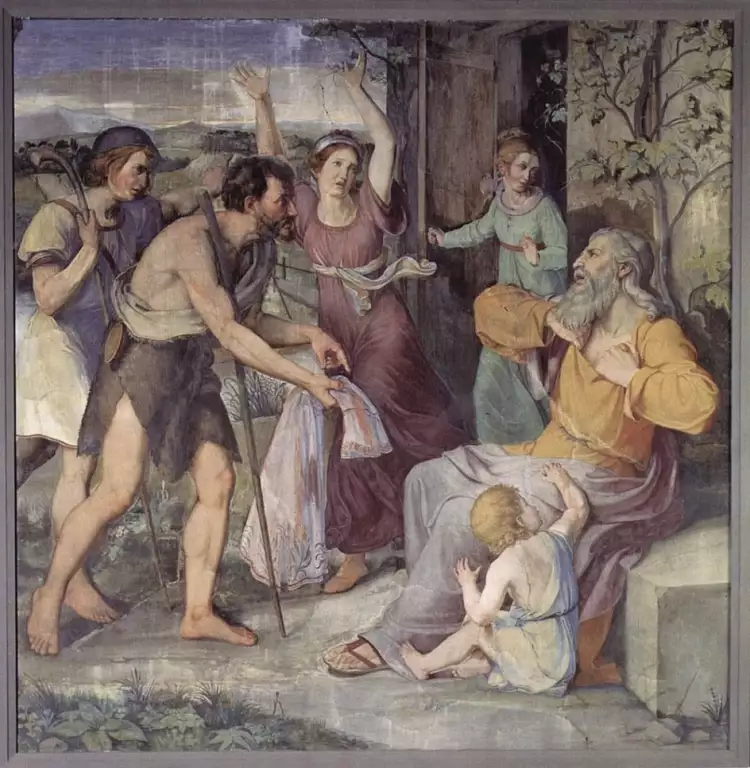 Tempera. Friedrich Wilhelm von Schadow. Jacob's sons bring him the news of Joseph's death, 1817
Tempera. Friedrich Wilhelm von Schadow. Jacob's sons bring him the news of Joseph's death, 1817
But the full return of tempera to the world of painting occurred in the mid-20th century, thanks to the rapid development of the chemical industry. Many new polymers were introduced during this time, and convenient types of tempera paints based on synthetic materials were invented. Nowadays, this unique painting technique once again holds a significant place in the world of art.
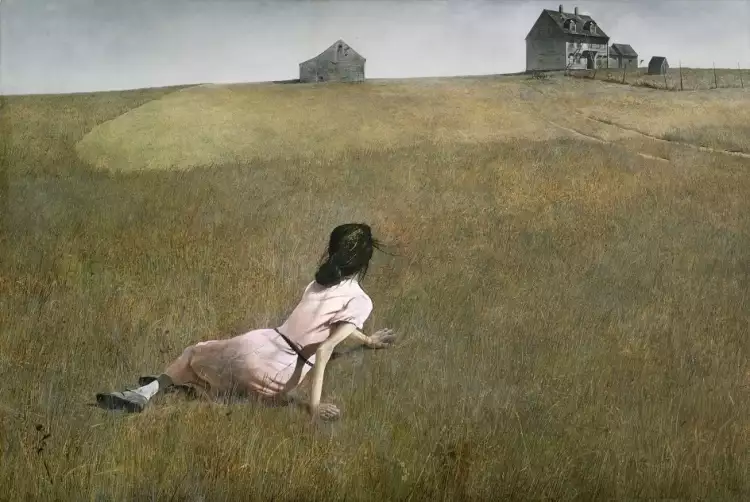 Tempera. Andrew Wyeth. Christina's World, 1948
Tempera. Andrew Wyeth. Christina's World, 1948
Advantages and Disadvantages of Tempera
Modern tempera paints have many obvious advantages, including:
- The ability to use various artistic techniques (thin layers, glazing, and impasto painting).
- Increased resistance to moisture, UV rays, and temperature fluctuations.
- Good water permeability (the paint does not hinder the evaporation of excess moisture from the wall after painting).
 Tempera. Remedios Varo. La Huída, 1961
Tempera. Remedios Varo. La Huída, 1961
Among the main disadvantages of the technique are the fast drying time and the slight change in the color tones of the created image over time.
Famous Artists Who Created in the Tempera Technique
Among the most renowned artists of the Renaissance era who created great masterpieces of world culture in the tempera technique, there are numerous celebrated names. However, the author of this article would like to pay tribute to other painters who revived the popularity of this ancient technique in our time. Among them are:
- Joseph Southall (Joseph Edward Southall) – a leading world tempera painter of the late 19th and early 20th century. This English artist dedicated a significant part of his life to reviving the ancient technique, conducted many experiments, and achieved recognition not only from critics but also significant commercial success with the public.
- Remedios Varo – a famous Spanish surrealist, the author of numerous paintings with profound philosophical meaning. A master of creating magical depictions of mythical creatures.
- Andrew Wyeth – a prominent representative of regionalism in American painting, with numerous state awards for his contributions to the arts.
- Pietro Annigoni – a fervent adherent of classical traditions in painting and a staunch opponent of avant-garde art. A unique master of romantic portraiture in the second half of the 20th century.
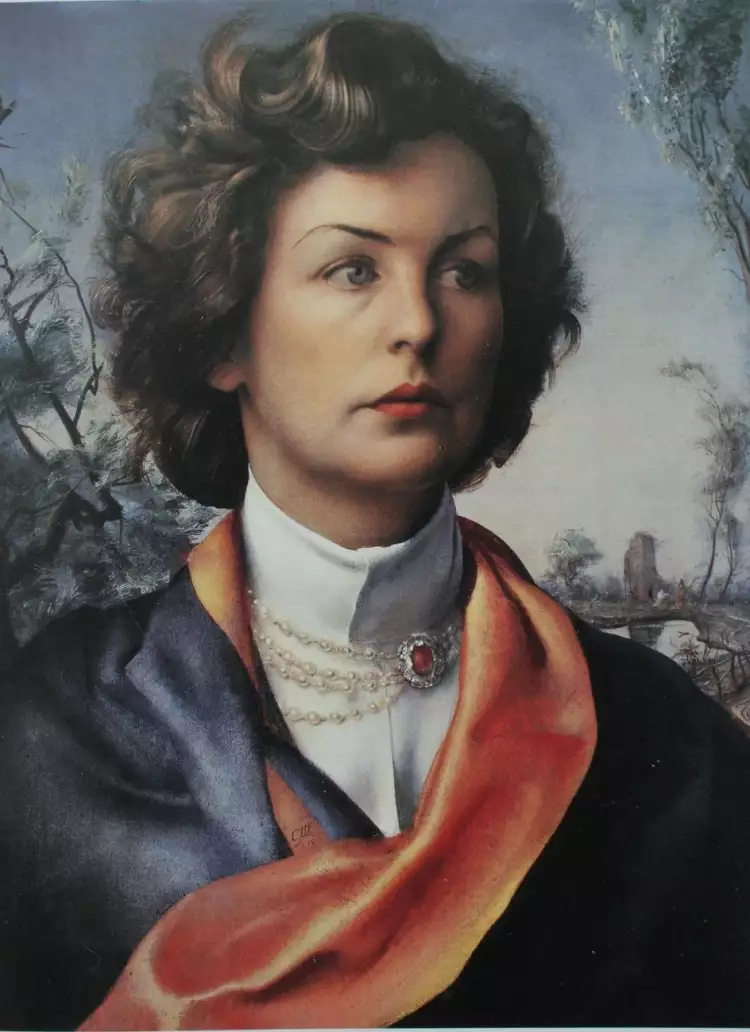 Tempera. Pietro Annigoni. Duchess of Devonshire, 1955
Tempera. Pietro Annigoni. Duchess of Devonshire, 1955
On the Very Important Lot portal, connoisseurs of the fine arts can always participate in art auctions and acquire masterpieces of world antiquity. You can also buy paintings directly from contemporary artists created using various techniques.
 The Rising Trend of Collecting Regional Books in the Antiques Market
The Rising Trend of Collecting Regional Books in the Antiques Market  Marquetry is the elegant ancient art of inlaying veneer
Marquetry is the elegant ancient art of inlaying veneer  The painting "Cross in the Mountains" ("Tetschen Altar") by Caspar David Friedrich is an attempt to convey the presence of God through the elemental force of nature
The painting "Cross in the Mountains" ("Tetschen Altar") by Caspar David Friedrich is an attempt to convey the presence of God through the elemental force of nature 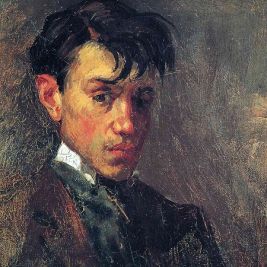 Pablo Picasso was a recognized genius of 20th-century art
Pablo Picasso was a recognized genius of 20th-century art  The top 10 most famous Italian artists - the greatest masters of painting in Italy of all time
The top 10 most famous Italian artists - the greatest masters of painting in Italy of all time  Ethnic style in interior design - the romance of travel and exotic countries
Ethnic style in interior design - the romance of travel and exotic countries  Top 10 Most Iconic Sculptors in the World
Top 10 Most Iconic Sculptors in the World 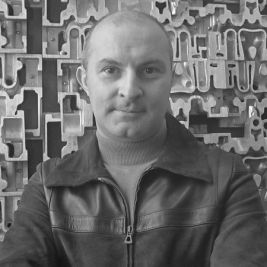 Armand was a brilliant French artist who timely abandoned his career as a painter to later become a globally renowned sculptor
Armand was a brilliant French artist who timely abandoned his career as a painter to later become a globally renowned sculptor 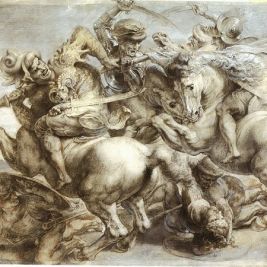 Graphics: its essence, types, and history. Notable graphic artists
Graphics: its essence, types, and history. Notable graphic artists 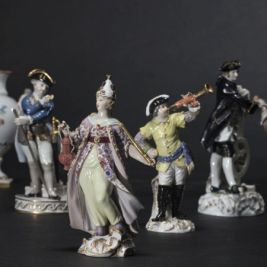 Online auction at HERMANN HISTORICA 8-13 July 2024: Kunst, Antiquitäten & Antiken
Online auction at HERMANN HISTORICA 8-13 July 2024: Kunst, Antiquitäten & Antiken